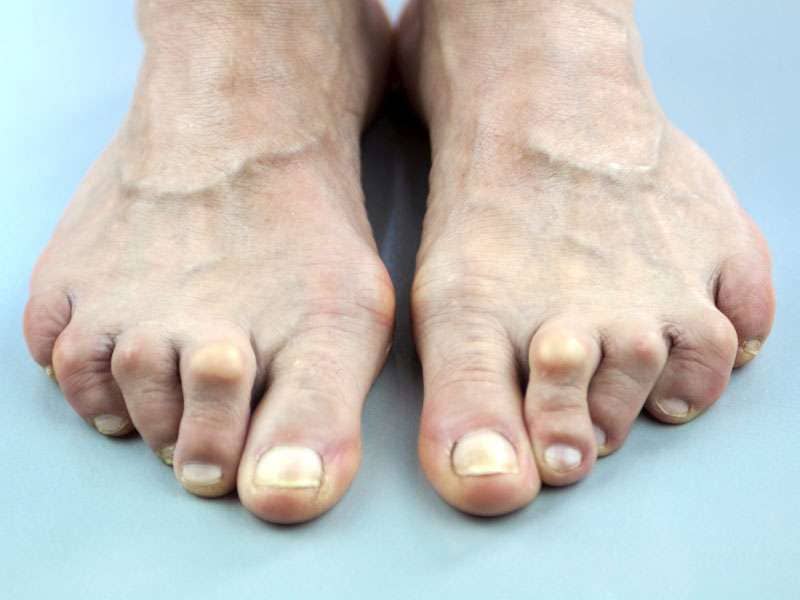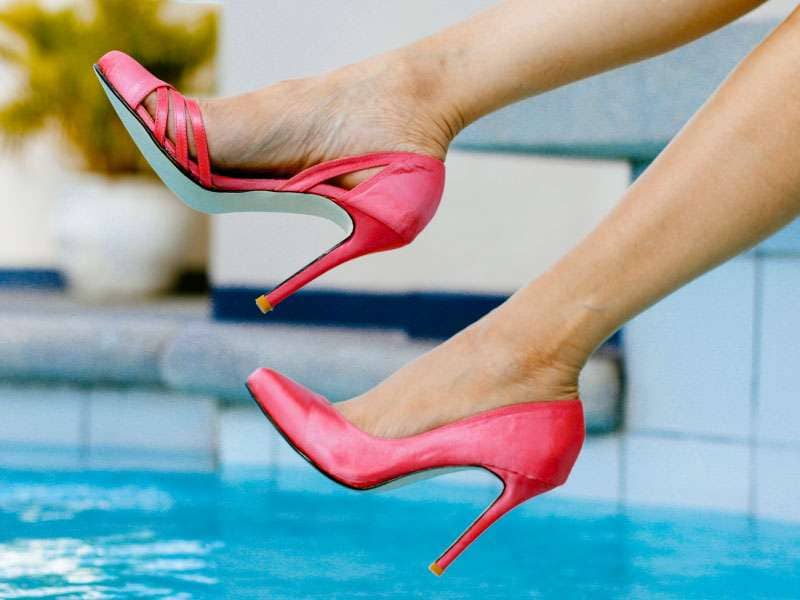Hammertoe Treatment
Hammertoes is a common problem among businesswomen, professional athletes, and kids in Arizona. Walk or run for a long hour with improperly fitted shoes will cause painful hammertoes. Dr. Kosak is one of the best-known foot doctors/podiatrists in Scottsdale providing effective hammertoe treatment.
What is a hammertoe?
Hammertoe is a condition where the second, third, or fourth toe, is bent at the middle joint, overlapping the toe(s) next to it. It is caused by improperly fitting shoes and problems with the toe muscles, causing it to resemble a hammer.
Two types of hammertoe exist:
- Flexible hammertoes are in the developmental stage and the affected toes are still moveable at the joint.
- Rigid hammertoes are more serious. The tendons tighten and the joints become misaligned and immobile.
Those with hammertoe often have corns or calluses on the middle or tips of their toes. They may also feel pain in their toes or feet and have difficulty finding comfortable shoes. It is usually difficult to find properly fitted shoes due to deformity. An excessive amount of pressure put on your toes can cause the middle joint of any toe to dislocate. The result is severe pain and discomfort.
Left untreated, hammertoes can become inflexible and require surgery.
What causes hammertoes?
The most common causes of hammertoe include improperly fitting shoes and muscle imbalance. The physical cause of hammertoes is the abnormal muscle balance in the toes, which leads to increased pressures on the toe tendon and joints. Other health conditions such as heredity, trauma, arthritis, and wearing tight shoes, high heels can all lead to hammertoes.
- Serious toe injuries – stubs, jams, breaks
- Heredity, trauma, arthritis
- Improperly fitting shoes – high heels or other tight footwear
- Muscle imbalance
- Nerve injuries or disorders
What is a Hammertoe Deformity?
A hammertoe is a deformity causing your toes to bend downward instead of forward. A hammertoe deformity is pretty easy to diagnose. Identified by the unnatural bending at the middle of a toe, hammertoes bend downward and resemble the same of a hammer. Sometimes referred to as “claw toe,” “mallet toe” or “rotated toe,” a hammertoe may affect any of your toes – though they most often occur on the second or third toe.


Common hammertoe symptoms
- Corns or calluses at the top of the joint.
- Pain at the top of the bent toe
- Pain in the ball of the foot at the base of the affected toe
- Redness and swelling at the joint contracture
- Restricted or painful motion of the toe joint
The sooner hammertoe is correctly treated, the better. For more information on hammertoe treatment or to schedule an appointment, please don’t hesitate to contact us today at (480) 247-8443!
How to prevent hammertoes?
The most common ways to prevent hammertoe happening includes:
- Wear a wider shoe with a deep toe box
- Do not wear high heels which is more than two inches tall.
- Reduce the time wearing tight shoes or high heels
- Apply a nonmedicated hammertoe pad around the bony prominence of the hammertoe to decrease pressure on the area.
- Apply ice packs several times a day to reduce swelling, when hammertoe becomes inflamed and painful.
- Wear a loose-fitting pair of shoes to protect the foot and to reduce the pressure on the affected toes
- Walk slower and a little easier until visiting our podiatrist
- Avoid wearing shoes that are too tight or narrow.
- Provide your children with properly fitted shoes for everyday use
- Get the proper treatments by a trusted foot doctor or podiatrist
What is hammertoe treatment?
Common non-surgical hammertoe treatments include:
- Wearing softer, properly fitted shoes, roomy toe boxes shoes
- Do physical therapy exercises
- Wear straps, cushions, and nonmedicated corn pads
Surgical Hammertoe Treatments:
Surgery is highly recommended when the patient has severe pain in the toe that hinders the patient’s daily activities and the non-surgical remedies have not helped on a severely deformed foot.
For less severe deformities, our foot doctor removes the bony prominence on the toe and aligns the toe joint. Other surgical procedures include releasing a tendon that is too short, transferring a tendon to another location, and inserting a steel pin to correct the toe’s position.
Surgery for hammertoe aims to alleviate pain and enable the patient to resume regular activity wearing normal shoes. Although surgery helps the foot look more normal, appearance is not a primary goal.